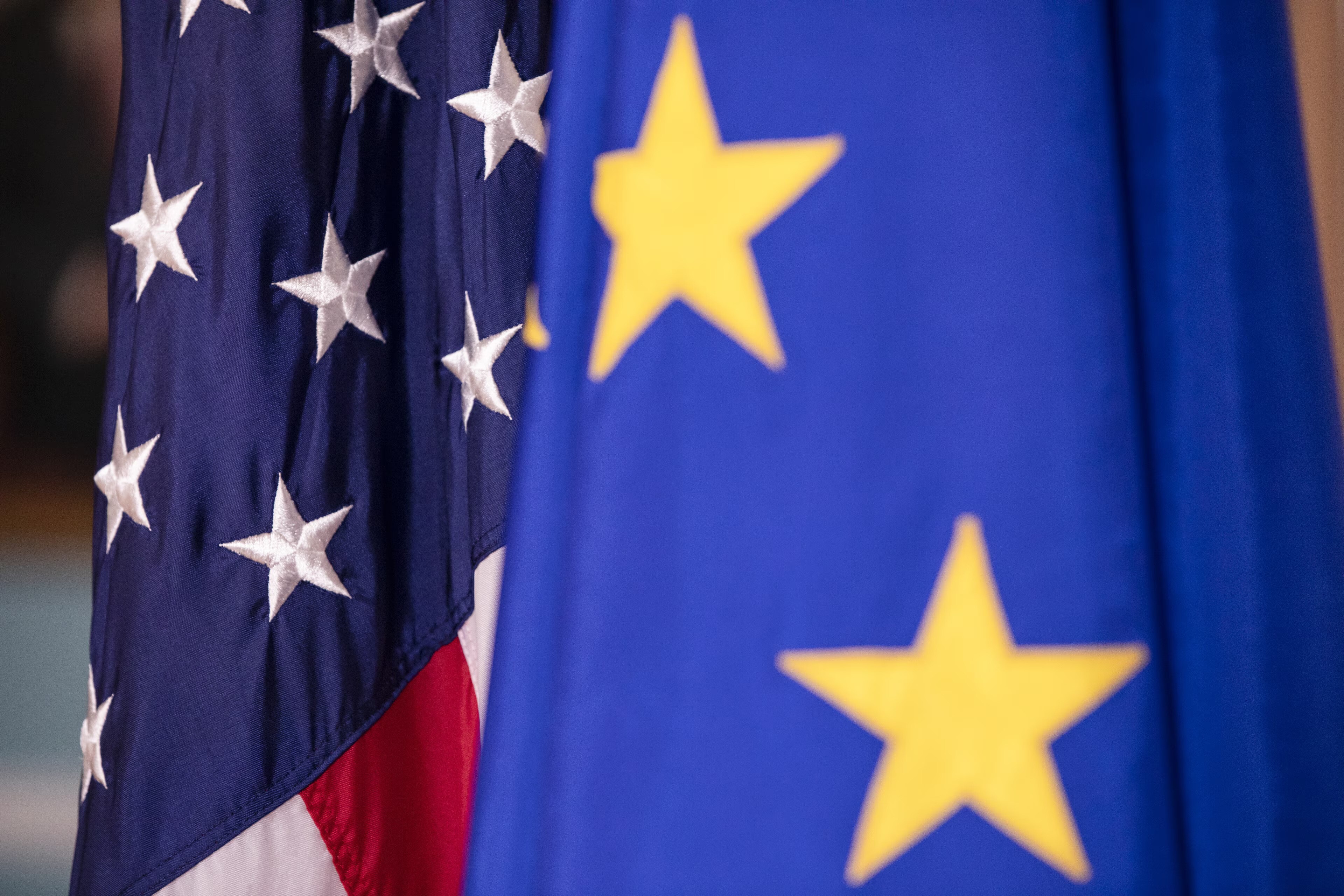

When the European Union and the United States announced the formation of a new “metals alliance” on July 28, 2025, it signalled more than just tariff alignment. It marked a turning point, a coordinated effort to shield their domestic metals sectors from a common adversary: China’s state-driven overcapacity, particularly in steel and aluminium. While the alliance has been framed around steel safeguards and trade architecture, it is aluminium that now demands equal, if not greater, strategic focus.
 Image source: https://assets.weforum.org/
Image source: https://assets.weforum.org/
The proposed framework aims to replace Section 232-era tariffs with quota-based access to the US market for EU metals and jointly coordinate trade defence tools across aluminium, copper, and steel. European Trade Commissioner Maroš Šefčovič summed up the spirit of the deal with a simple phrase: “We are not each other’s problem.” The subtext was even clearer — China is.
The aluminium crisis confronting the transatlantic economies is not cyclical; it is structural, designed, and subsidised. China, despite pledging to curb capacity, continues to dominate the global aluminium market with over 60 per cent of global primary output, fuelled by cheap power, state capital, and a well-oiled export engine. The EU–US metals pact is not just about market access — it’s a political signal that the free market has failed to discipline Chinese overcapacity, and industrial policy is back on the table.
China’s overcapacity
Despite setting a cap of 45 million tonnes of primary aluminium capacity in 2017, China’s production capacity has quietly breached this ceiling. According to Chinese metals consultancy Antaike, installed capacity reached 46.5 million tonnes in 2024, with actual output at around 41.5 million tonnes as per the International Aluminium Institute (IAI). This output dwarfs every other producer, and the excess has become an export weapon.
Responses








